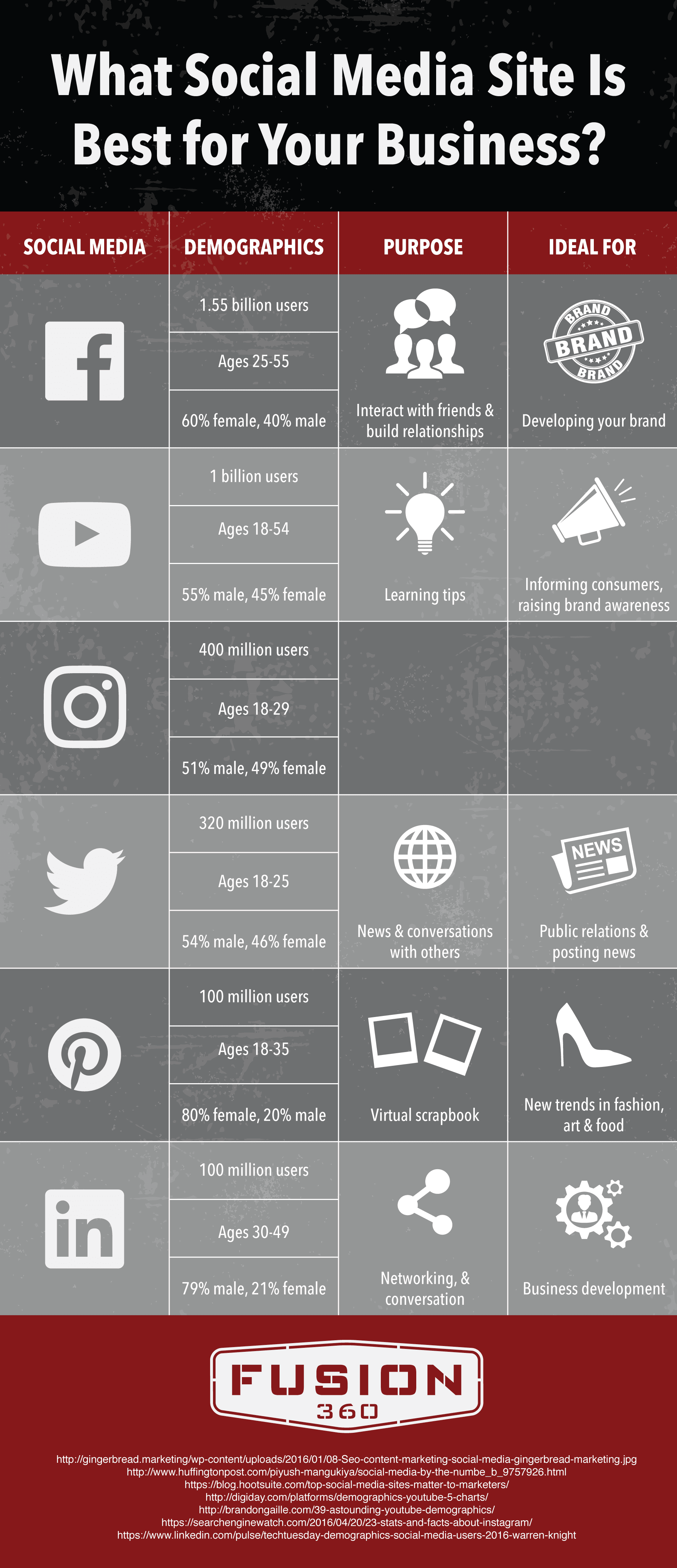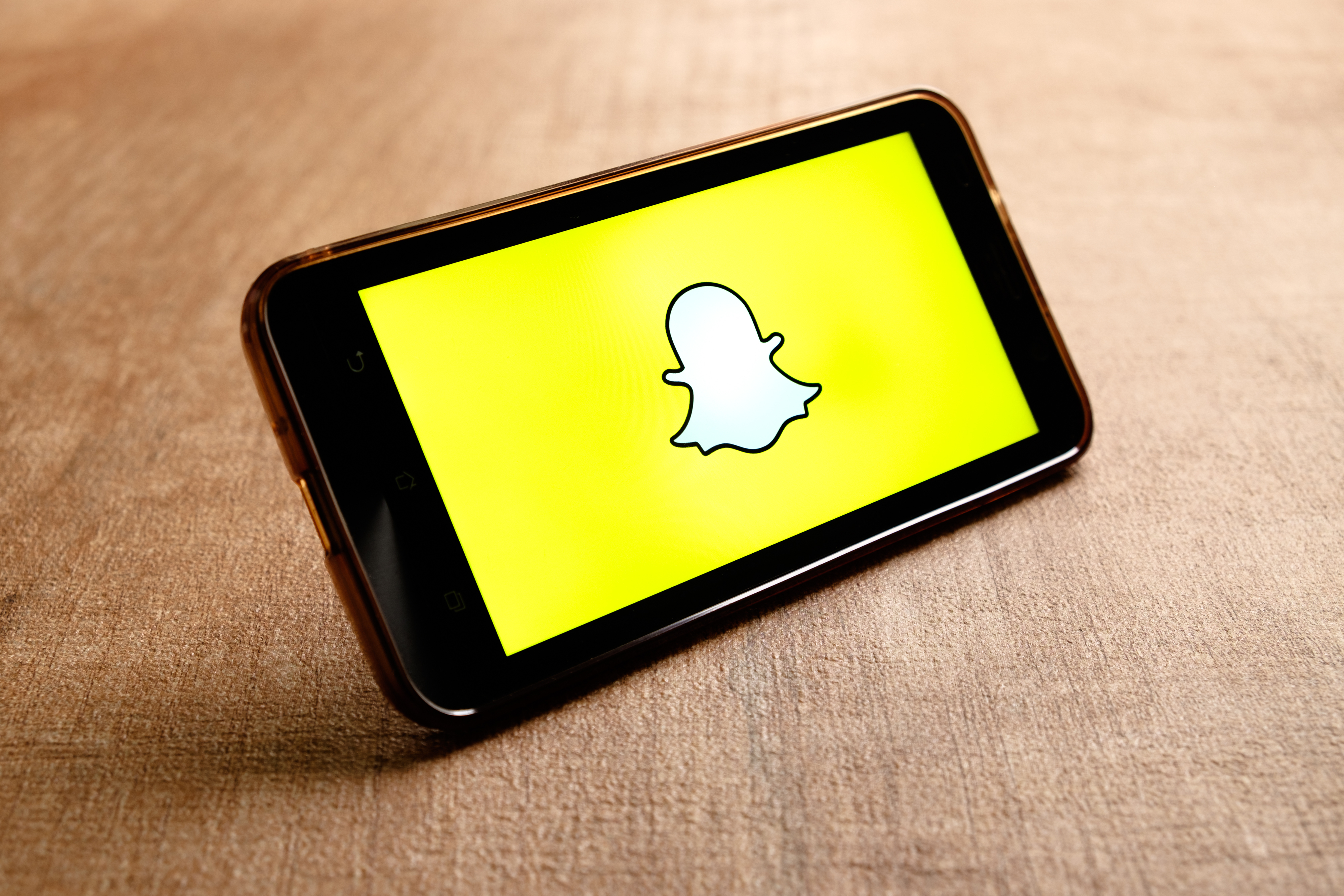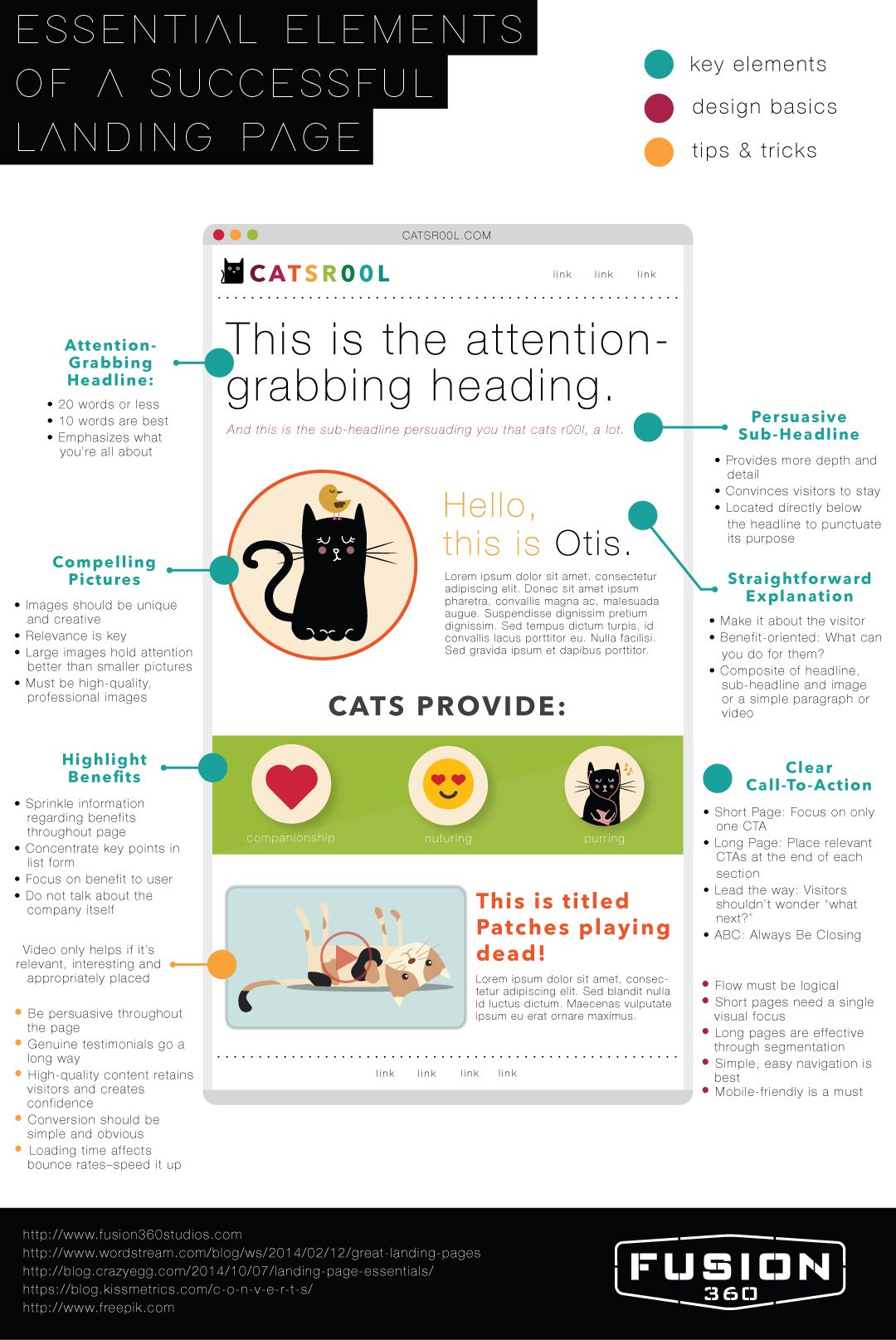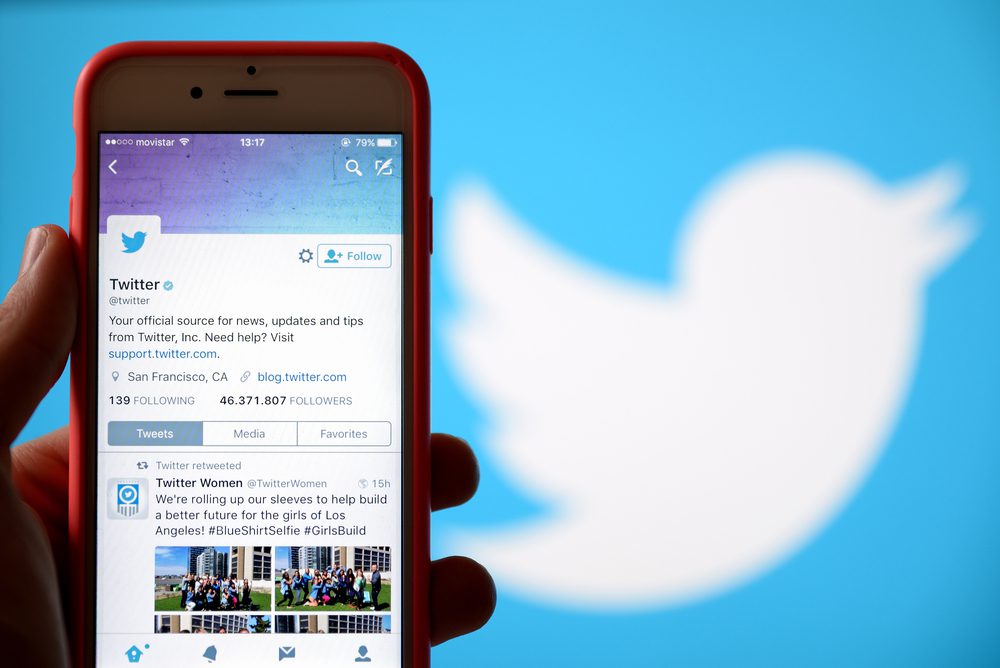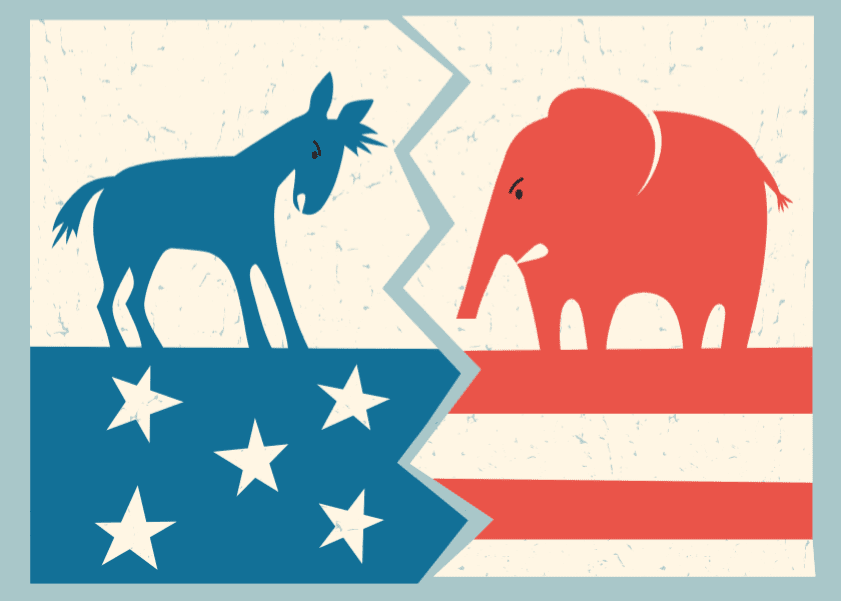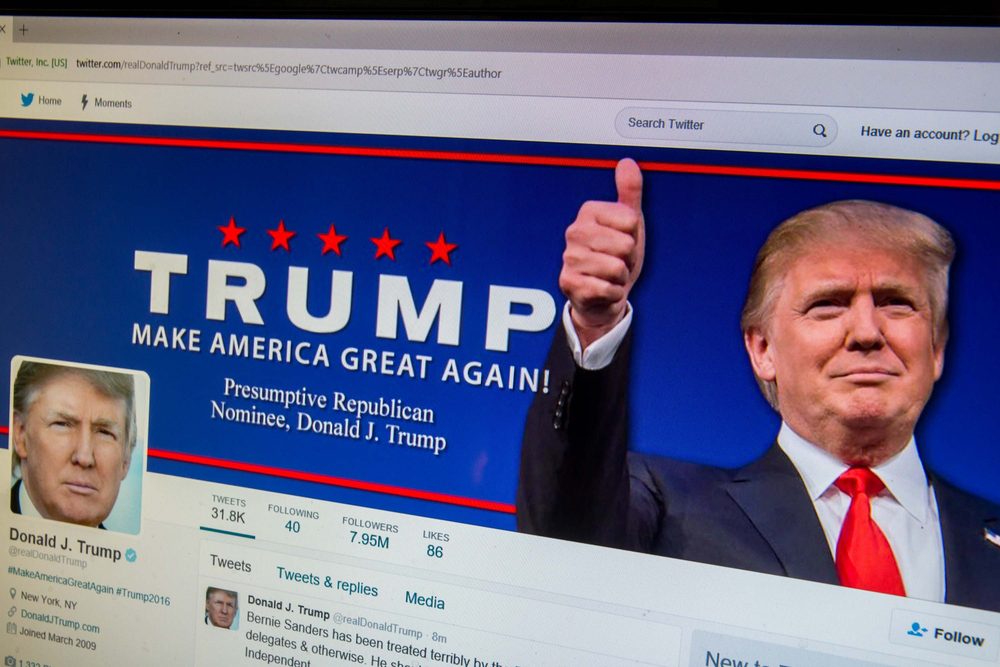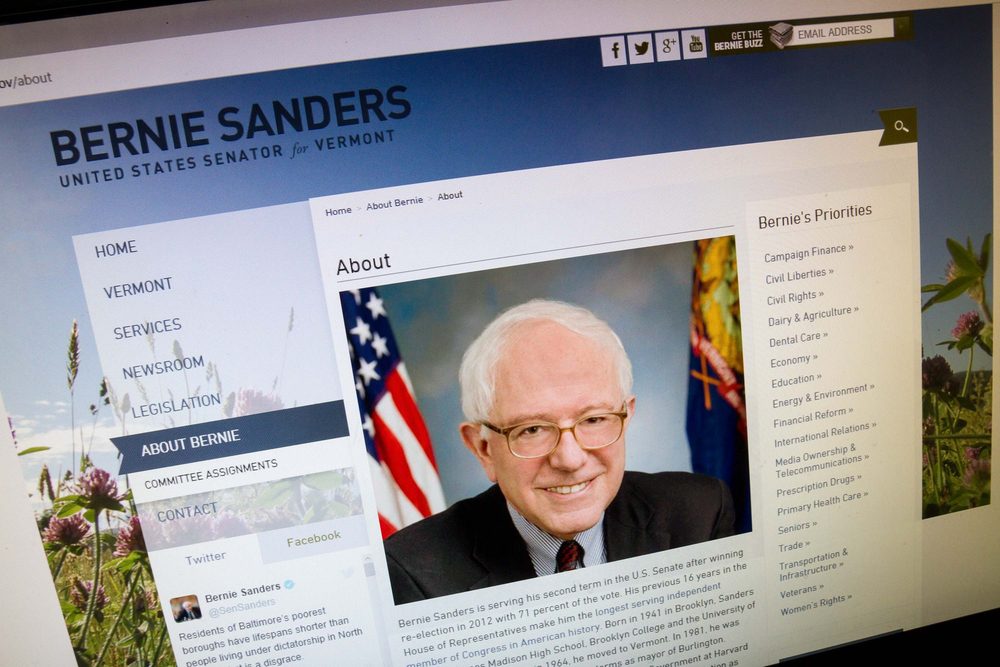
Written by Ascari Pena
When it comes to advertising or marketing agencies, they come in all different shapes and sizes. Agencies can range anywhere from 10 to 1,000 people, and serve many different functions. As eyeballs continue to shift every single day, companies with large marketing budgets are trying to figure out the best ways to target the right people, spend dollars in the right places and ensure effectiveness in their messaging.
The debate of size in regard to an advertising agency is definitely a conversation to be had. Here are just a few differences to keep in mind when deciding to outsource your content marketing, SEO or video production to an advertising agency.
Contact With the ‘Head Honcho’
If you were to hire an agency that employs 500+ people, what are the odds you will be dealing directly with the CEO? Slim to none. If you are to work at an agency with under 50 people, the odds are much higher that you will work with the shot caller. When managing millions of marketing dollars, there needs to be streamlined communications to ensure tasks are completed effectively. The path of least resistance is the best route to travel.
The Workplace
With many companies that we see today, the ‘growing pains’ can sometimes be too much to handle. With a smaller agency, the vision and mission are able to be maintained with much less effort. Keeping an equal workplace mindset is crucial to the quality of the work produced for its clients. A loss in workplace continuity can cause headaches for everyone.
Attention to Your Work
At a larger agency, work can fall by the wayside very easily; a smaller agency overvalues its clients as each one is extremely vital to the company. Your marketing dollars are the lifeblood of your company, and the last thing needed is for your company to fall lower on the priority list because of your budget.
Agencies are ensuring the success of your marketing dollars on an everyday basis. As these agencies are analyzing the daily shifts in attention, marketing dollars need to be spent as efficiently as possible. When choosing an agency for your business, consider that bigger doesn’t mean better and agencies are not ‘one size fits all.’
Sources:

